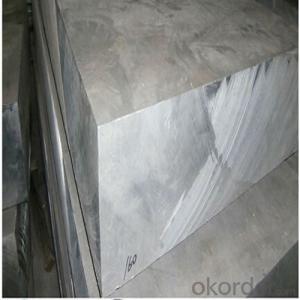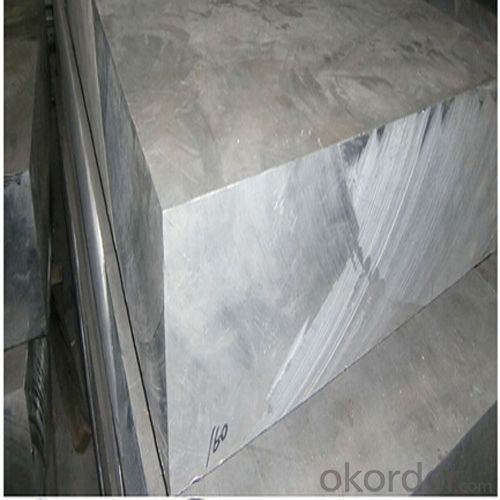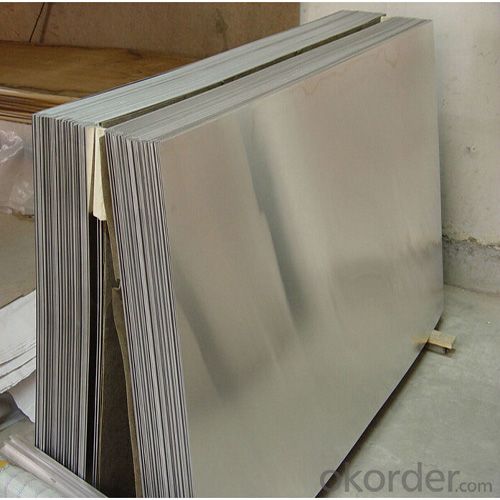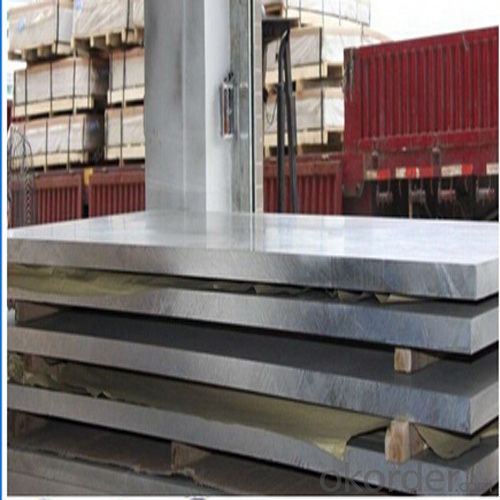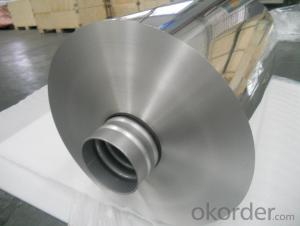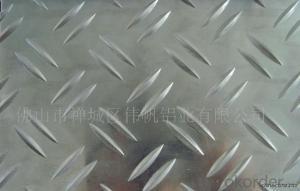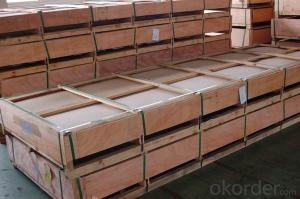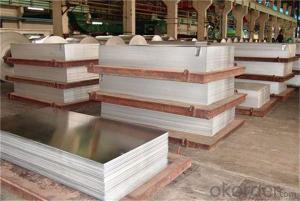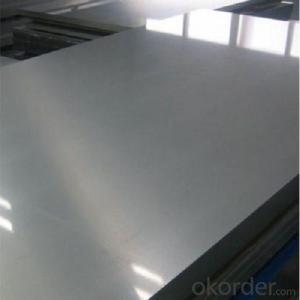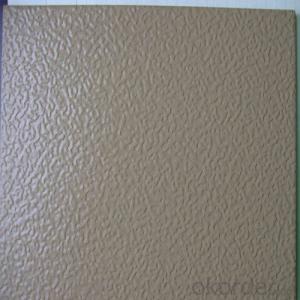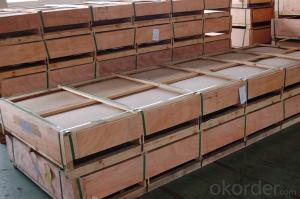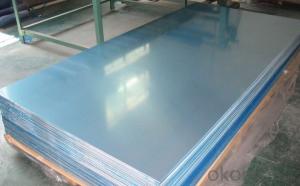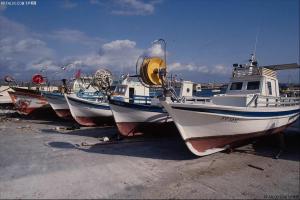Sheets of Aluminum 4x8 - High Quality Aluminium Thick Sheet for Ships AA5052
- Loading Port:
- Shanghai
- Payment Terms:
- TT OR LC
- Min Order Qty:
- 5 m.t.
- Supply Capability:
- 10000 m.t./month
OKorder Service Pledge
OKorder Financial Service
You Might Also Like
Specification
1.Structure of Aluminium Thick Sheet for Ships AA5052 Description:
Plastic Film Coated Aluminum Sheets are widely used for building use, decoration use, making cookware, busing making, shipping building, airplane making and so on。Sizes of aluminum sheet for decoration use: Thickness: 0.3mm~300mm Width: Under 2000mm ( Standard: 1000mm, 1219mm, 1500mm, 1540mm) Length: Under 10000mm. Products commonly used in signs, billboards, building exterior decoration, bus body, high factory wall decoration, kitchen sink, lamp, fan, electronic components, chemical apparatus, sheet processing, deep drawing or spinning hollow ware, welding parts, heat exchangers, Bell surface and plate, plates, kitchen utensils, accessories, safety equipment and other.
2.Main Features of Aluminium Thick Sheet for Ships AA5052:
Be free from Oil Stain, Dent
Accurate tolerance
Nice mechanical property
High Quality
3. Aluminium Thick Sheet for Ships AA5052 Images:
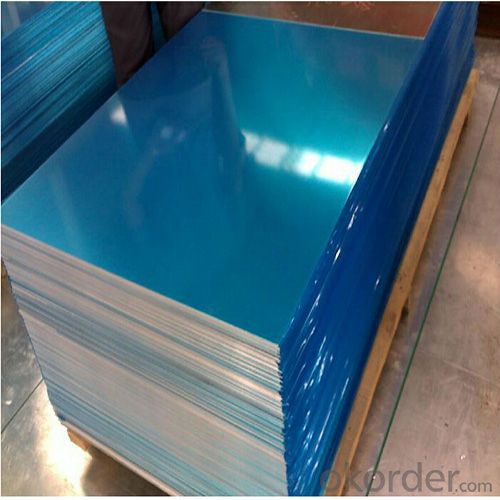
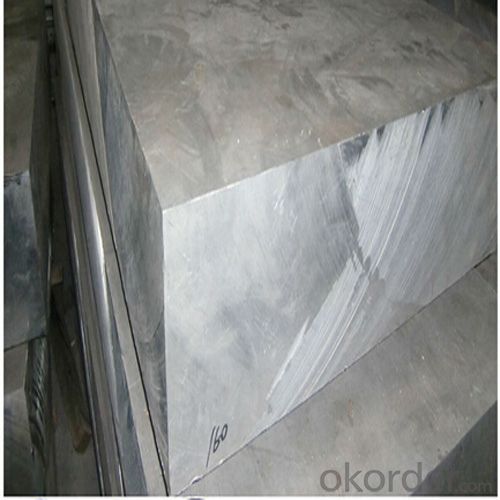
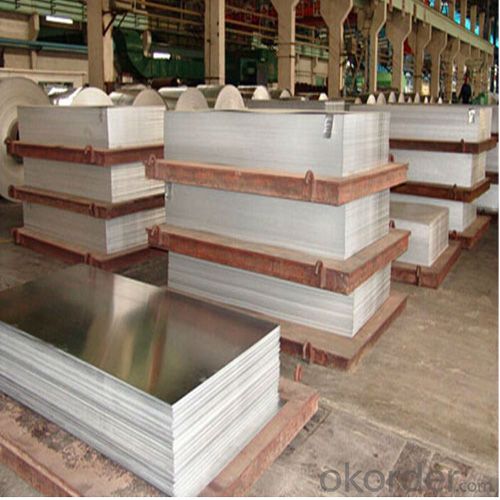
4. Aluminium Thick Sheet for Ships AA5052 Specification:
Aluminum Alloy Grade | 5005 5052 5754 5083 |
| Pattern | H14 H16 H18 H24 H26 HO |
| Thickness | 0.8mm~200mm |
| MOQ | 8 tons |
| Packing | Waterproof film,kraft paper,wooden pallet and so on |
| Usage | LED Light Solar reflector plate Architectural appearance Indoor decoration: ceiling, curtain wall Furniture Elevator Index tag Case and bag Decoration in car Household appliances Boat and ship |
5.FAQ
1.Q: What about leadtime ?
A: Normally the leadtime is 60days after we receive the deposit and confirm the details. All the press machines we use is the best quality in China Yangli brand. The press machine leadtime from Yangli is 50days, the best leadtime we can give is 60days.
2.Q: What's the lead time for moulds?
A: Normally the mould leadtime is 45 days after we confirm all the details with customer. Our professional mechanical enginners from Austria will design the mould according to the samples from customer, or by the specifications offered by customers.
3.Q:What kinds of mould you can make? and what is your strong point for the moulds?
A: we can make wrinkle wall mould and smooth wall mould both. For wrinkle wall mould we can make, 79" pan, fish pan, bbq pan. For smooth wall mould we can make muffin cup, and cake cup, tar cup,etc. We can also make 2 or 3 portion conatiner moulds as long as you offer us sample or specifications. Our strong points are all our moulds are WEDMLS cut, which makes the mould more accurate and precise. Important materials likestainless steel parts we make in Austria. We also recut after heat treatment, which most of makers do not take this process..
- Q: Is it possible to use aluminum sheets for constructing a sustainable building?
- <p>Yes, aluminum sheets can be used to create a sustainable building due to their recyclability, low thermal conductivity, and durability. Aluminum is a lightweight material that can reduce the energy consumption in transportation and construction. It also has a high recycled content ratio and can be easily recycled, which reduces waste. Additionally, aluminum's low thermal conductivity can contribute to energy efficiency in buildings by reducing heat transfer, thus lowering energy costs for heating and cooling. However, it's important to consider the entire life cycle of the material and ensure that the manufacturing and disposal processes align with sustainable practices.</p>
- Q: Can the aluminum sheets be used for soundproofing applications?
- Yes, aluminum sheets can be used for soundproofing applications. Aluminum is a good conductor of sound, but when used in combination with other sound-absorbing materials or in soundproofing structures, it can effectively reduce noise transmission.
- Q: What specific conditions or regulations must be met when using aluminum sheets in commercial construction?
- <p>Yes, there are special requirements for using aluminum sheets in commercial buildings. These include adherence to building codes and standards for fire resistance, structural integrity, and weather resistance. Aluminum sheets must meet specific thickness and strength requirements depending on the application. They also need to comply with environmental regulations regarding sustainability and recyclability. Additionally, for aesthetic purposes, the finish and color of the aluminum sheets should be in line with architectural design guidelines. It's crucial to consult with architects, engineers, and local building authorities to ensure all requirements are met.</p>
- Q: Can the export quality of China's aluminum plate meet the requirement of ASTM B 209? Is this requirement for our country? Master the exhibitions, O (a _ U) O thank you
- ASTM is the standard used in the United StatesEquivalent to China's GBGenerally equivalent to the use of Chinese standardsSpecific depends on whether the customer agreesIn fact, just do a testMeet its requirements
- Q: What are the different methods of surface treatment for adhesive bonding of aluminum sheet?
- There are several different methods of surface treatment for adhesive bonding of aluminum sheet. These methods can help improve the bond strength and durability of the adhesive joint. Some common methods include: 1. Mechanical Surface Treatment: This method involves roughening the aluminum surface using techniques such as sandblasting, abrasion, or wire brushing. The roughened surface creates a better mechanical interlock between the adhesive and the aluminum, increasing the bond strength. 2. Chemical Surface Treatment: Chemical treatments can be used to remove contaminants, oxidation, or corrosion from the aluminum surface. Common chemical treatments include acid etching, chromate conversion coating, or anodizing. These treatments improve the surface cleanliness and promote adhesion by creating a chemically reactive surface for the adhesive. 3. Plasma Treatment: Plasma treatment involves exposing the aluminum surface to a low-temperature plasma discharge. This process modifies the surface energy and removes contaminants, thereby enhancing the wettability and adhesion of the adhesive. 4. Primer Coating: Applying a primer coat on the aluminum surface can improve adhesion by promoting chemical bonding between the adhesive and the substrate. Primers are typically designed to promote adhesion to specific substrates and can enhance the bond strength and durability of the adhesive joint. 5. Surface Activation: Surface activation techniques, such as flame treatment or corona treatment, can be used to increase the surface energy of the aluminum sheet. These methods create free radicals on the surface, which improve the bonding characteristics of the adhesive. It's important to note that the selection of the surface treatment method depends on various factors like the specific adhesive used, the desired bond strength, the application requirements, and the condition of the aluminum surface. Therefore, it is recommended to consult adhesive manufacturers or experts to determine the most suitable surface treatment method for a specific adhesive bonding application.
- Q: What is the bending radius of aluminum sheets?
- The bending radius of aluminum sheets depends on various factors such as the thickness of the sheet, the alloy of aluminum being used, and the type of bending process. Generally, aluminum sheets with a thickness of 1mm or less can be bent to a radius equal to the sheet thickness without cracking. For thicker aluminum sheets, the bending radius should be larger than the sheet thickness to avoid cracking or fracturing. As a general rule, the bending radius for aluminum sheets with a thickness between 1mm and 6mm should be at least 1.5 times the sheet thickness. For example, a 3mm thick aluminum sheet should have a minimum bending radius of 4.5mm. It is important to note that these guidelines are approximate and may vary depending on the specific alloy and temper of aluminum being used. Furthermore, different bending processes such as air bending, bottoming, or coining may require different bending radii. It is recommended to consult the manufacturer's specifications or seek professional advice for precise bending radius requirements for specific aluminum sheet applications.
- Q: Can aluminum sheets be used in the aerospace industry?
- Indeed, the aerospace industry does employ aluminum sheets. Aluminum, being a lightweight material with a remarkable strength-to-weight ratio, is highly favored for numerous aerospace purposes. Its usage is prevalent in the manufacturing of aircraft structures, including fuselages, wings, and panels. The adoption of aluminum sheets in the aerospace sector offers several advantages, encompassing diminished fuel consumption due to weight reduction, enhanced maneuverability, and heightened payload capacity. Furthermore, aluminum showcases excellent resistance to corrosion, a vital trait for aircraft operating in harsh environmental conditions. All in all, the aerospace industry extensively relies on aluminum sheets, owing to their advantageous properties and exceptional performance.
- Q: What is the thermal expansion coefficient of aluminum sheets?
- The thermal expansion coefficient for aluminum sheets measures around 23.1 x 10^-6 per degree Celsius, resulting in a length expansion of 23.1 parts per million for every one-degree Celsius temperature rise. Nevertheless, it's worth noting that this coefficient might slightly differ depending on the exact alloy and manufacturing technique employed in the production of the aluminum sheet.
- Q: Is it possible to use adhesive instead of fasteners to bond aluminum sheets to a structure?
- <p>Yes, you can use an adhesive to attach aluminum sheets to a structure. However, it's important to choose an adhesive that is specifically designed for bonding aluminum, as not all adhesives provide the necessary strength and durability. Structural adhesives that are compatible with aluminum can offer a strong bond and are often used in applications where a clean, seamless appearance is desired or where fasteners are not suitable. It's crucial to ensure that the adhesive is resistant to the environmental conditions the structure will be exposed to, such as moisture, temperature fluctuations, and UV radiation. Always follow the manufacturer's instructions for surface preparation and application to achieve the best results.</p>
- Q: What are the advantages of using aluminum sheets in the furniture industry?
- Aluminum sheets have numerous benefits when utilized in the furniture industry. To begin with, their lightweight composition makes them easy to transport and install, reducing the overall weight of furniture and simplifying assembly or rearrangement. Moreover, their lightweight nature allows for increased design flexibility, enabling manufacturers to create intricate and distinctive furniture pieces. Additionally, aluminum sheets possess exceptional durability and corrosion resistance. Unlike materials such as wood or steel, aluminum does not rust or deteriorate over time, making it suitable for both indoor and outdoor furniture. This durability ensures that furniture constructed from aluminum sheets has a longer lifespan, reducing the need for frequent replacements. Furthermore, aluminum sheets possess high malleability, facilitating effortless shaping and customization. This design flexibility empowers furniture manufacturers to fabricate pieces with intricate patterns, curves, and contours. Aluminum sheets can be easily molded into various shapes and sizes, providing limitless possibilities for creativity and innovation in furniture design. Moreover, aluminum sheets require minimal maintenance. They are easy to clean and necessitate minimal upkeep, saving time and effort for both manufacturers and consumers. Consequently, aluminum sheets are an ideal choice for furniture in high-traffic areas or public spaces where regular cleaning is necessary. Furthermore, aluminum sheets contribute to environmental sustainability. Aluminum is a highly recyclable material, allowing furniture made from aluminum sheets to be easily recycled at the end of its life cycle. This reduces the environmental impact and promotes sustainability within the furniture industry. Lastly, aluminum sheets possess excellent thermal conductivity. Furniture constructed from aluminum sheets can efficiently absorb and dissipate heat, providing comfort to users. For applications such as outdoor furniture or items exposed to sunlight, aluminum sheets can prevent overheating and maintain a comfortable temperature. In conclusion, the advantages of using aluminum sheets in the furniture industry encompass their lightweight composition, durability, malleability, low maintenance, environmental friendliness, and excellent thermal conductivity. These properties have made aluminum sheets a popular choice among furniture manufacturers, enabling them to produce high-quality, innovative, and long-lasting furniture pieces.
Send your message to us
Sheets of Aluminum 4x8 - High Quality Aluminium Thick Sheet for Ships AA5052
- Loading Port:
- Shanghai
- Payment Terms:
- TT OR LC
- Min Order Qty:
- 5 m.t.
- Supply Capability:
- 10000 m.t./month
OKorder Service Pledge
OKorder Financial Service
Similar products
Hot products
Hot Searches
Related keywords
